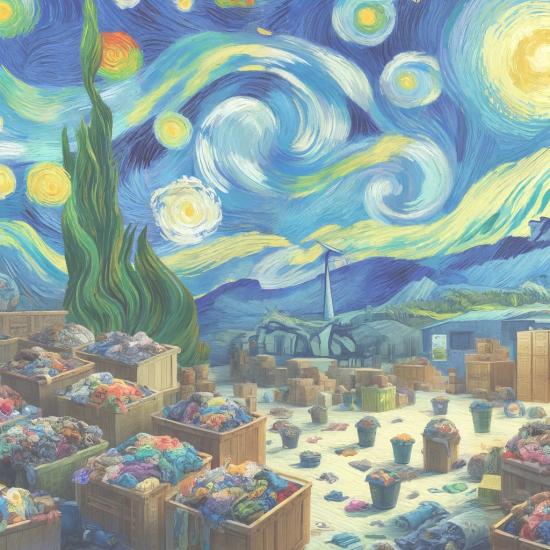Refiberd Tag Reader
Challenge
Recycling materials like plastic and fabric is essential for mitigating climate change and minimizing our carbon footprint. However, non-recyclable materials that end up in landfills contribute to severe environmental issues, such as water pollution and wildlife harm. Recycling centers play a pivotal role but struggle with the effective identification and sorting of various materials.
Textile production significantly impacts the environment, responsible for 10% of global CO2 emissions and 16-35% of the microplastics in oceans. In the U.S., less than 15% of textiles are reused or recycled, with less than 1% actually reprocessed due to their complex compositions. For instance, a garment labeled "100% cotton" may contain other fibers like polyester, complicating recycling processes. This issue underscores the challenge manufacturers face in recycling textiles, which involves sorting, purifying, and reprocessing into new products.
Approach
This significant industry gap motivated us to address this challenge by partnering with a startup that focuses on accurately sorting garments. We evaluated three companies: Sortile based in New York City; Recycleye in London, UK; and Refiberd in Oakland, CA, all of which employ advanced technology to identify fabric compositions. We chose to continue with Refiberd due to its proximity and innovative technology.
The Refiberd Tag Reader was developed as a solution to streamline the process of labeling new data, enabling Refiberd to train their machine learning model more effectively. This application captures an image of a garment tag and displays the fabric composition in the format required by the company's processes. Once the user verifies that the tag has been read correctly, the information is saved in a database. While the application interface appears simple, most of its processing occurs in the backend where a model processes the image and interprets the results, and the backend saves this information in a database. Additionally, as per client requirements, this app integrates with Amazon Web Services (AWS), ensuring a structured and robust architecture for the solution.








